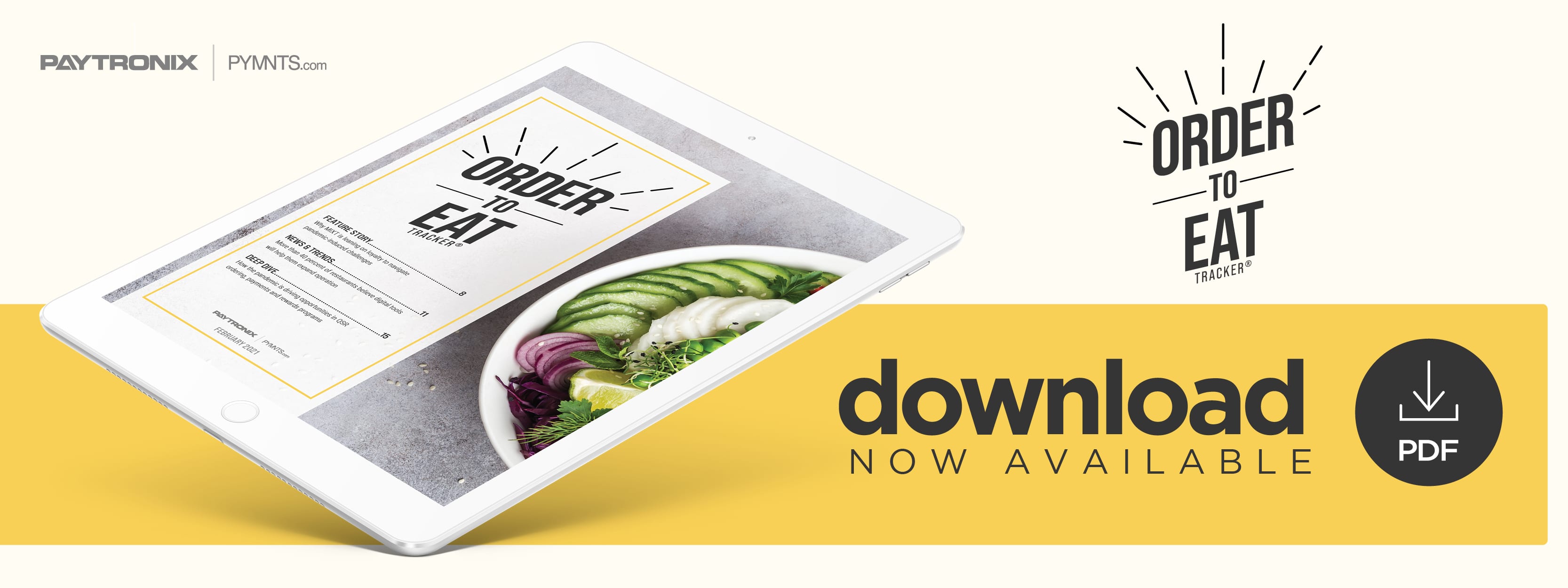MIXT CEO: Rewards Data Unlocks New Sales Opportunities For Restaurants
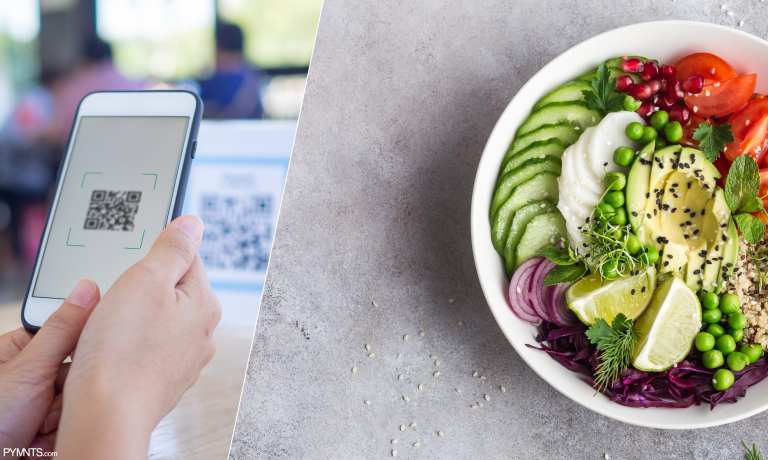
The pandemic continues to challenge restaurant operations, with revenues falling more than 12 percent in the United States to $239 billion since the onset of the global health crisis last March. PYMNTS’ Restaurant Readiness Index found that managers who underestimate customers’ demands for digital menus, contactless ordering and payments, and rewards programs will pay the price. Restaurants are responding by leveraging advanced digital ordering technologies, contactless payments, curbside pickup and personalized rewards programs to stay competitive.
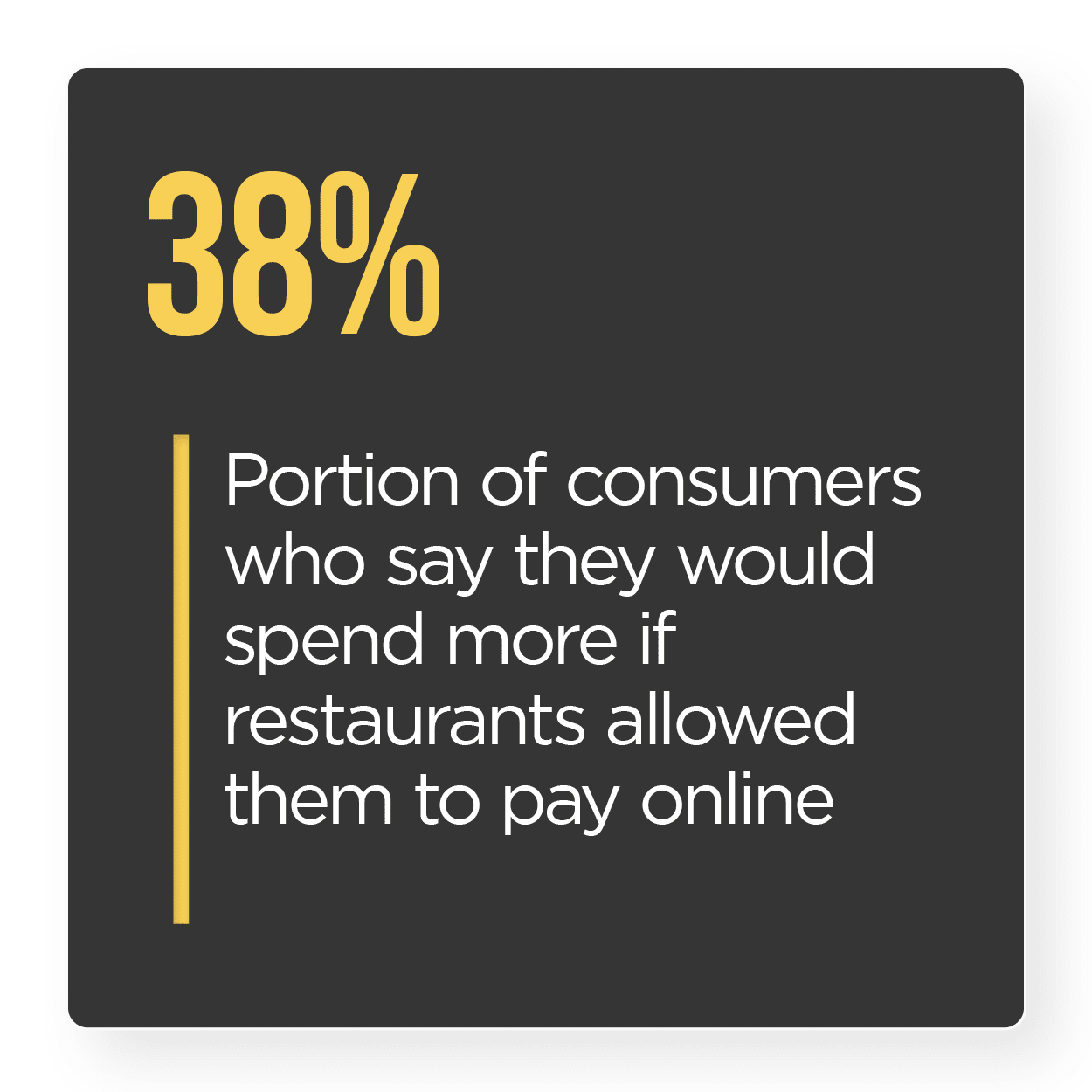 The February edition of the Order To Eat Tracker® examines how the pandemic is impacting the restaurant industry as well as driving opportunities, and how personalized loyalty offerings can help get through challenging times and beyond.
The February edition of the Order To Eat Tracker® examines how the pandemic is impacting the restaurant industry as well as driving opportunities, and how personalized loyalty offerings can help get through challenging times and beyond.
Around The Order To Eat Landscape
Recent research from restaurant loyalty platform provider Paytronix found that restaurant gift card sales last year accounted for the same share of annual sales as in previous years, despite overall gift card sales slipping year-over-year by 32 percent. Researchers also revealed that holiday sales comprised 46 percent of restaurant gift card spending and 49 percent of total gift card sales in 2020. The average dollar amount purchased for each card stayed relatively level despite the decline in overall sales, with fine dining establishments even experiencing a nearly 8 percent increase in average spending per gift card last year.
Panelists at a recent virtual conference hosted by advisory firm IRC explained that the downward trends in the food-service sector experienced last year will be challenging to reverse in 2021. Hudson Riehle, president of the National Restaurant Association, testified that while a surge in dining room traffic led to a recovery peak in November, the industry’s gains have softened since then. He explained that prior to the pandemic in the early months of 2020, the trade group predicted sales would reach nearly $900 billion, but it now expects the industry’s sales to drop by $240 billion this year, a 27 percent decline.
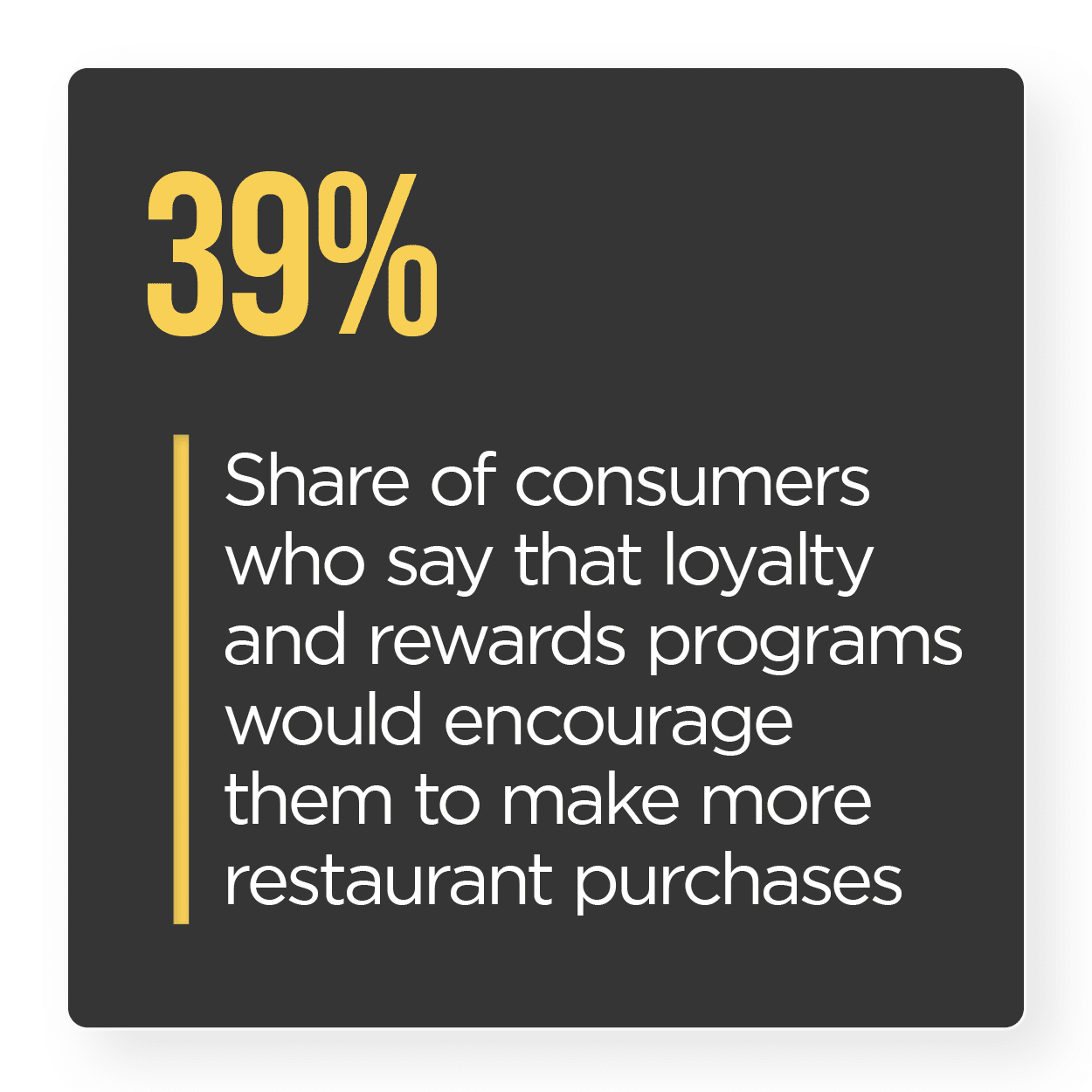 QR codes are making a comeback. Research reveals that more restaurants are turning to QR codes to offer mobile-enabled contactless ordering and payments during the pandemic. Developed in the 1990s, the codes were introduced to the retail space by 2000, but the technology was slow to catch on with consumers in the United States. Scanning technology developments from Apple and Google coupled with the demand for contactless solutions amid the pandemic has helped QR codes gain mainstream appeal for restaurants and other entities.
QR codes are making a comeback. Research reveals that more restaurants are turning to QR codes to offer mobile-enabled contactless ordering and payments during the pandemic. Developed in the 1990s, the codes were introduced to the retail space by 2000, but the technology was slow to catch on with consumers in the United States. Scanning technology developments from Apple and Google coupled with the demand for contactless solutions amid the pandemic has helped QR codes gain mainstream appeal for restaurants and other entities.
For more on these and other stories, check out the Tracker’s News & Trends section.
Why MIXT Is Relying On Rewards Upgrades For A Boost Amid The Pandemic
The pandemic has devastated the restaurant sector since its onset, permanently closing some eateries altogether while halting the expansions of others. San Francisco-based fast casual salad chain MIXT is one such company whose expansion plans were put on hold due to mandated closures of indoor dining and slowed foot traffic to urban financial district locations. In this month’s Feature Story, MIXT’s Co-founder and CEO Leslie Silverglide spoke with PYMNTS to reveal how the chain leveraged third-party delivery partners, curbside pickup and the launch of an upgraded rewards program to help drive engagement and loyalty to navigate industry woes.
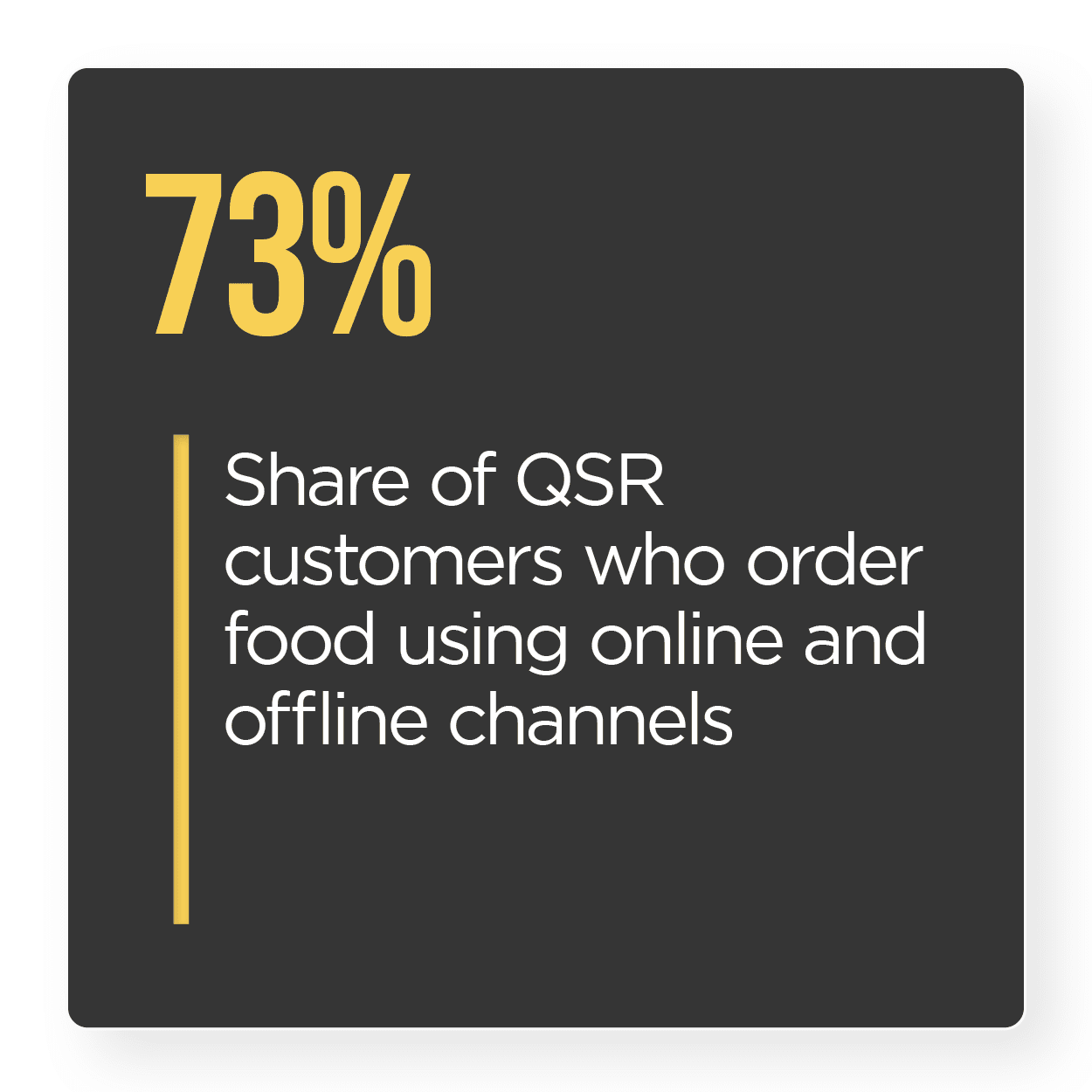 To get the full story, download the Tracker.
To get the full story, download the Tracker.
Deep Dive: How The Pandemic Is Impacting QSR Ordering, Payments And Rewards
The global health crisis has heightened consumer demand for contactless ordering and payment options. It has also fueled the interest in personalized rewards programs at thousands of quick-service restaurants (QSRs) nationwide. Thirty-nine percent of U.S. consumers said the availability of restaurant loyalty and rewards programs would encourage them to spend more, in fact. This month’s Deep Dive explores how the industry is responding to these shifts in consumer expectations and why these shifts are set to last well into the future.
Read the full Deep Dive in the Tracker.
The Order To Eat Tracker®, a PYMNTS and Paytronix collaboration, is a monthly report that examines the evolving restaurant space. The report highlights how fast food, fast-casual and QSR establishments are embracing technology, enhancing loyalty offerings and working with aggregated service providers to offer more seamless in-house and delivery ordering experiences and improve customer engagement.
